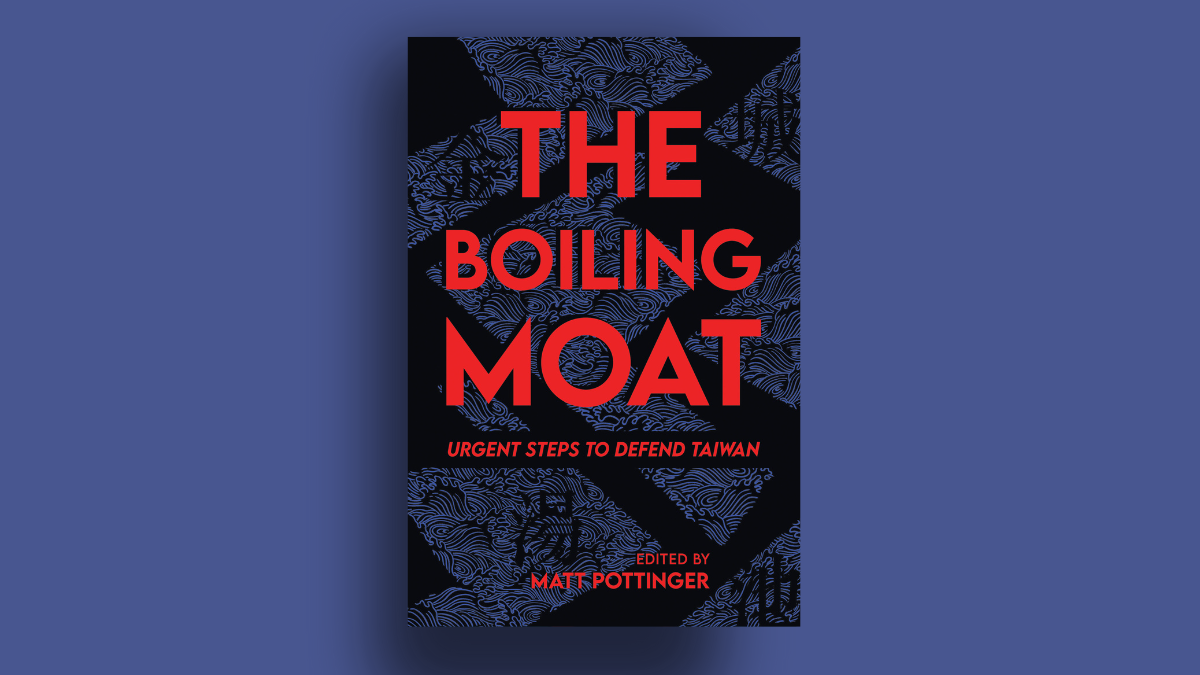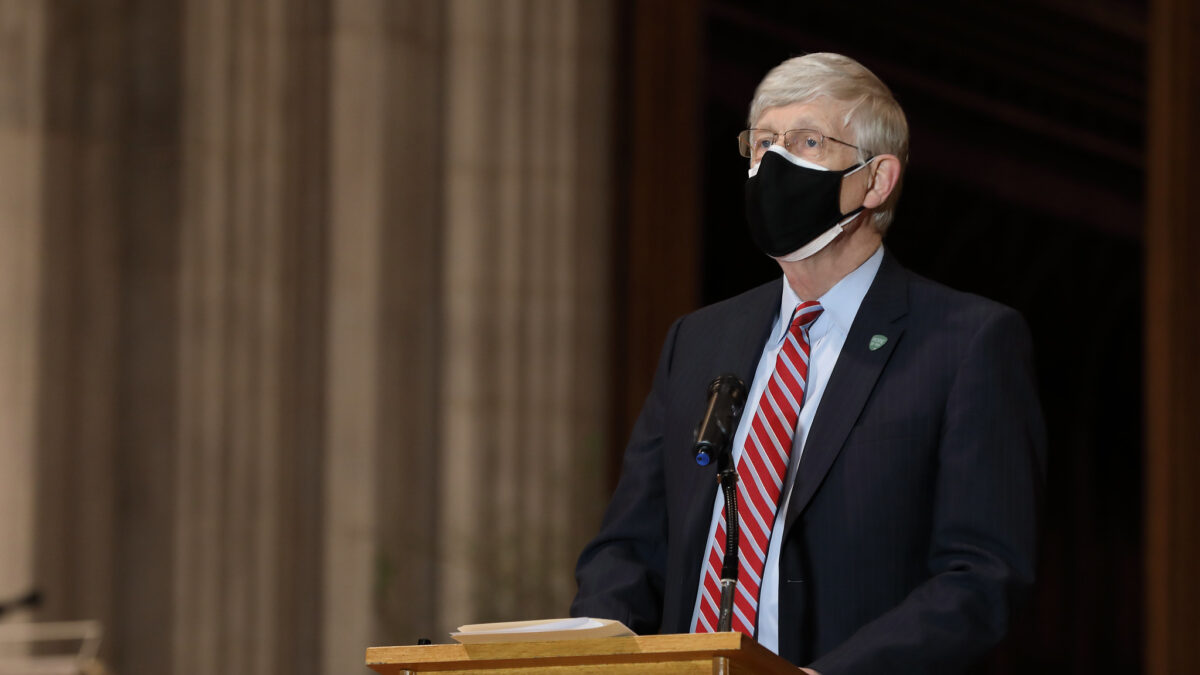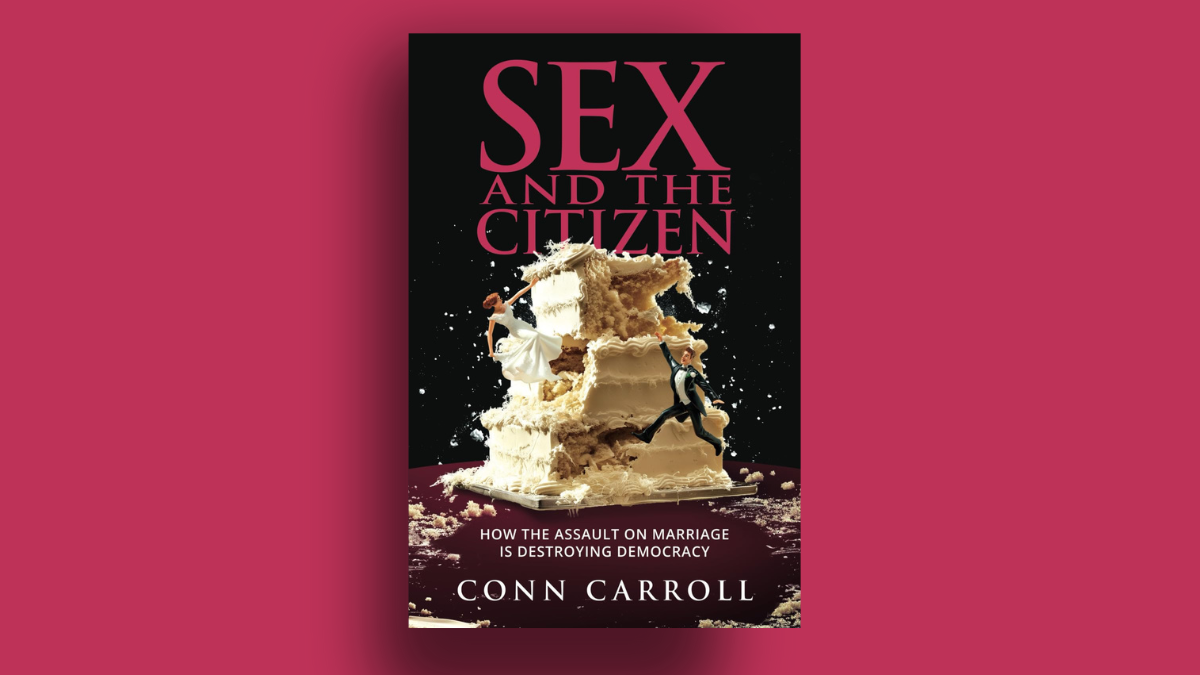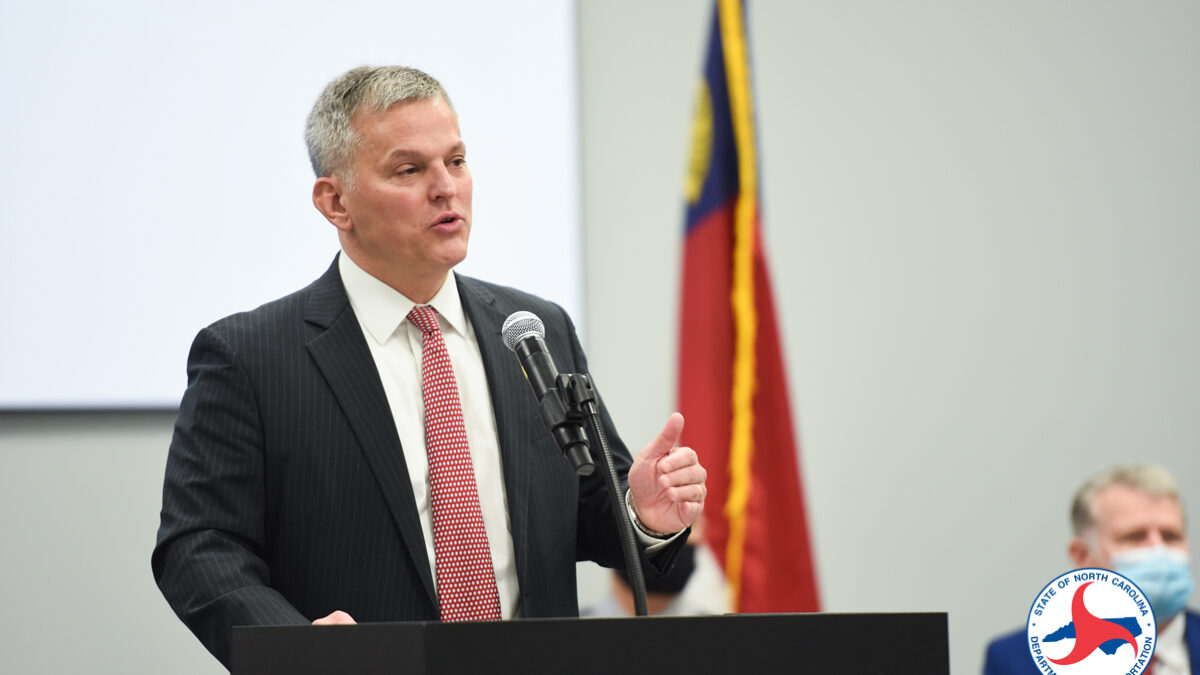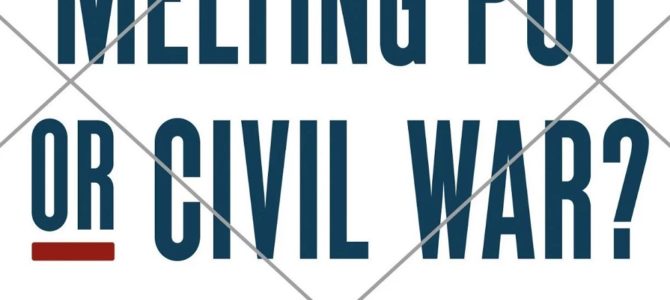
Immigration has long been one of the hottest topics in America with no agreed upon policy solutions. We are often presented with one of two polarized choices. The first favors an open borders policy, where the free flow of migrants across our borders is welcomed and amnesty is granted to those who previously crossed the border unlawfully. The second option would seal the border, perhaps with a “wall,” and find and hunt down all illegal immigrants and deport them.
The election of Donald Trump, who clearly leans towards that second choice, has forced a needed argument about immigration. We can disagree on the tactics and the rhetoric Trump uses about immigration, but he has certainly compelled the nation to have the discussion and has moved the nation – including Congress – as close as it’s been to taking some kind of action to remedy this long standoff.
This is as timely a moment as ever for the release Reihan Salam’s book, Melting Pot or Civil War? A Son of Immigrants Makes the Case Against Open Borders. Salam, a son of Bangladeshi immigrants, the executive director of National Review, and a fellow with National Review Institute (where I also work), argues that the real choice we have in our immigration debate “is whether we see the immigrants we welcome to our shores as permanent strangers to whom we have no obligation other than to deliver them from the relative poverty of their homelands, or as free and equal citizens to whom we are pledging our loyalty in this generation and in those to come.”
If we are to live up to the standards of America’s principles, as Salam hopes we do, we would certainly want to move in a direction more towards the second choice.
Time For America To Roll Up Its Sleeves
Unfortunately, at the moment, most immigrants and children of immigrants are not moving up the economic ladder. When they don’t do that, as Salam shows, they become stuck in ethnic enclaves. When they remain poor and only around other poor immigrants from their own ethnic backgrounds, not only do they not assimilate into America’s melting pot, but they also start forming grievances against their new host country. That’s a dangerous proposition not only for the American economy, but also for the American identity.
One of the key factors that contributes to this situation is that most immigrants are low-skilled workers who have traditionally been welcomed into our economy by those seeking cheap labor. However, as Salam shows throughout this book, low-skilled workers are less and less needed, as our modern economy shifts to automation and off-shoring of labor becomes a more likely proposition.
Salam points out that traditional free-market libertarians tend to favor a more open border policy, coupled with free trade, that is open to a more globalized labor pool, where products and services are manufactured abroad and imported at lower rates for consumers in the United States. At the same time, those who favor more protectionism in trade tend to be more limiting on immigration. He observes both of these sides can’t have their cake and eat it, too.
“The decline of protectionism has made restricting low-skill immigration a more viable option,” says Salam. If we are to pursue more egalitarianism, this is a good thing. Salam argues that we need to shift our immigration policies towards a more selective, skills-based approach.
This will favor immigrants who are less likely to be a drain on U.S. taxpayers, as they are likely to be more economically stable and upwardly mobile. It will also “benefit the low-skill workers who already reside in the United States, many of whom are immigrants themselves.”
Salam does not ignore that there are hundreds of millions of people living in poverty around the world who are on the move. He goes one further and recognizes that “the international poverty line is fundamentally arbitrary. It grossly underestimates the number of people around the world who are desperate to better their lot.”
In fact, it often takes that first lift out of poverty to be able to afford to move at all. That’s part of the reason we are seeing many migrants move from impoverished places in Latin America, Africa, and Asia. To this end, Salam provides many ways we can help those people. He goes so far as to suggest that “it’s time for Americans to roll up their sleeves and help.”
Salam doesn’t say we have to tackle any one or all of the ideas he proposes in one of the later chapters of the book; however, he does add some innovative concepts on how Americans could help those in poverty abroad. They include: international development; incentivizing older Americans to retire abroad (including investing their Medicare and Social Security benefits in developing countries, which alleviates the stress on America’s health-care sector); working with other countries to develop charter cities that would employ low-skill workers without them having to enter the United States; and creating financial incentives and trade concessions to spur industrial development in zones that consist of large multitudes of displaced refugees.
Building a Melting Pot Culture
Some of these solutions may be a hard pill to swallow for those who believe in smaller government and even smaller U.S. foreign aid, but it seems Salam proposes these ideas mostly to counter advocates who claim the United States has a moral obligation to open its borders to those in impoverished nations who are migrating to improve their circumstances.
He smartly weighs the short-term and long-term costs to the U.S. government and economy for each of these proposals. However, one wonders what will happen once these ideas go from a scholarly book like Salam’s into the hands of policymakers in Congress. At that point, how much more will that budget increase and for how long will America’s ruling class want to keep these new programs in place?
Salam’s book should add weight to many of the policy proposals in the RAISE Act, the bill from U.S. Sens. Tom Cotton and David Perdue that has found some favor with President Trump. It creates a points system that rewards immigrants who have higher skills and won’t burden U.S. taxpayers.
Salam also suggests the United States should be working closer with Mexico rather than the keeping our currently strained relationship. He points out that as the Mexican economy has been improving, we have seen fewer Mexicans coming into the United States. The largest sector of immigrants crossing the U.S. border from Mexico – mostly illegally – has been from poorer Central American countries.
A stronger U.S. partnership would encourage Mexico to stop the flow of migrants coming through Mexico from Central America into the United States. Salam also argues that we should partner with Mexico in a combined effort to help the economies of Central American nations improve, so that citizens of those countries have less need to uproot themselves for a better opportunity in the United States.
Throughout Melting Pot or Civil War? Salam forces us to look at the effects more than 8 million unauthorized immigrants have on the U.S. economy and government spending, not to mention the ethnic tensions their economic stagnation could contribute towards fracturing America’s culture.
That is perhaps the most important element of Salam’s argument. If we do not create conditions that allow immigrants who come to the United States from all over the world to assimilate and build a melting pot culture, then we are doomed to move towards cultural fragmentation and the polarization of different peoples in our country. There will be an increasingly widening gap between the affluent and the poor. Working-class Americans, as well as immigrants, will continue to fight for a scarcity of low-skill jobs, struggle to achieve economic mobility, and fail to move towards the cultural mainstream of America.
Just as Trump’s election has forced an argument over immigration, Salam’s book has the opportunity to persuade us to look at innovative policy solutions to transform America’s mired immigration system into one that works for migrants seeking to better their lot. At the same time, these solutions will also help American citizens and the immigrants we welcome work towards building a melting pot, rather than continue to intensify ethnic conflict and economic strife.


